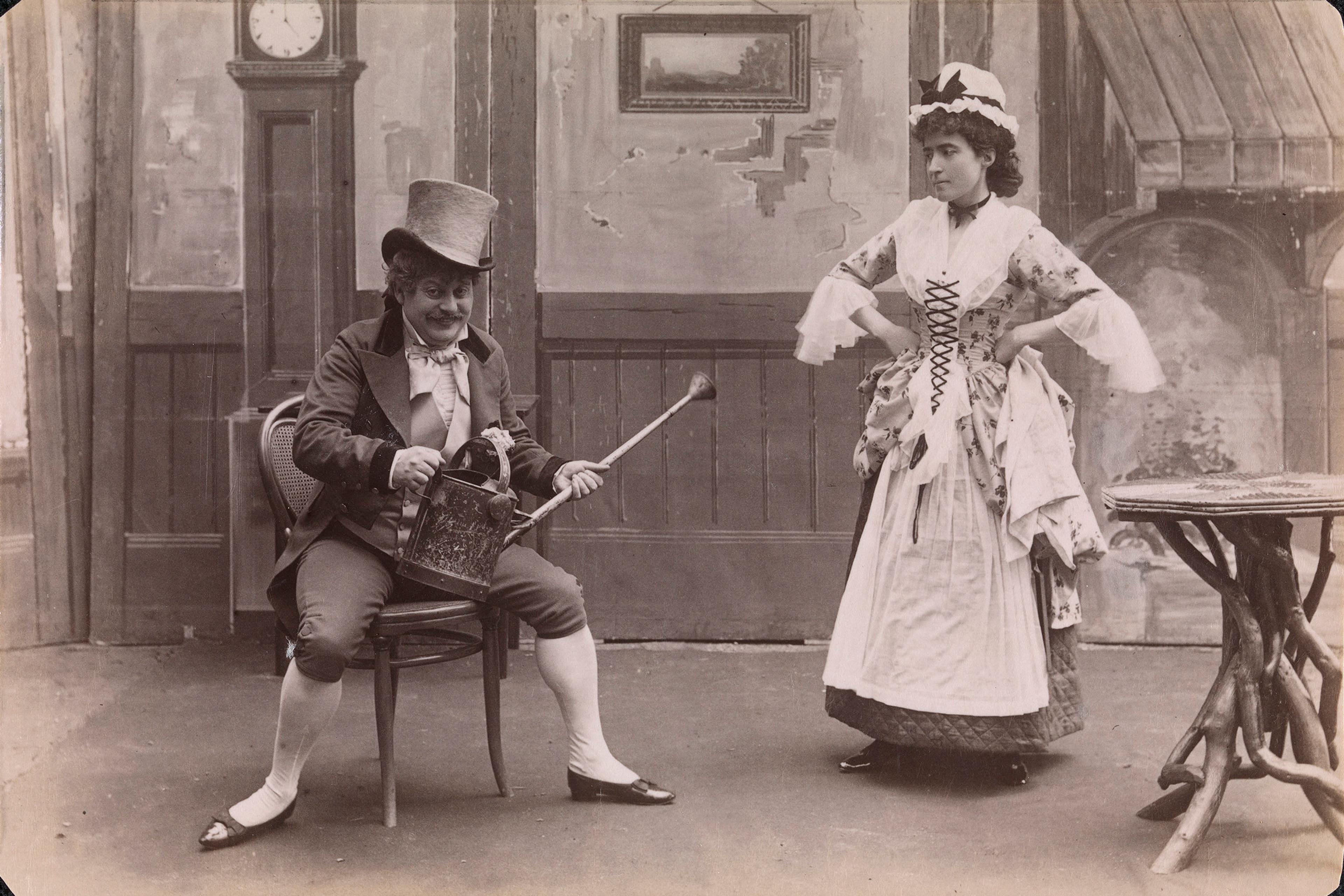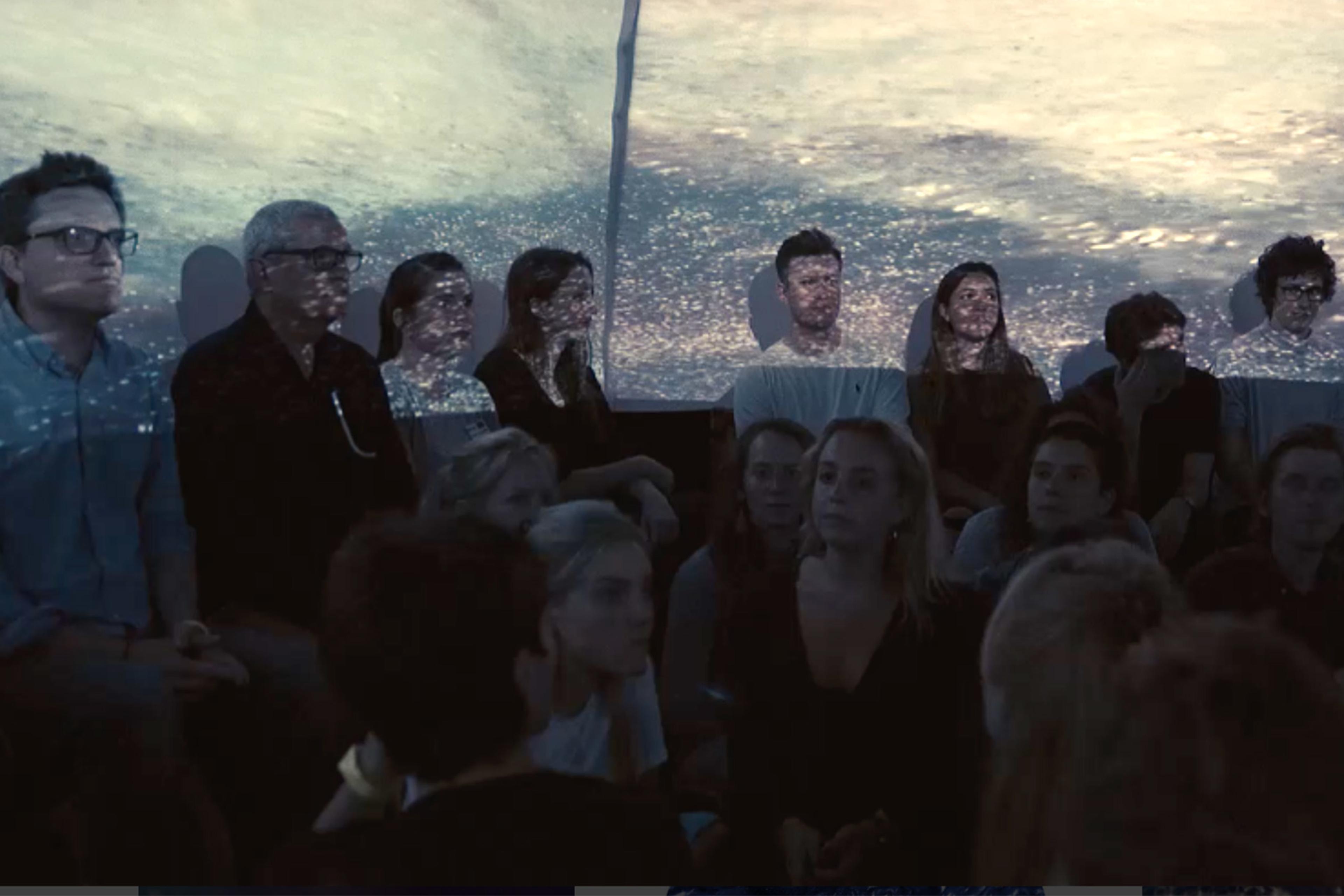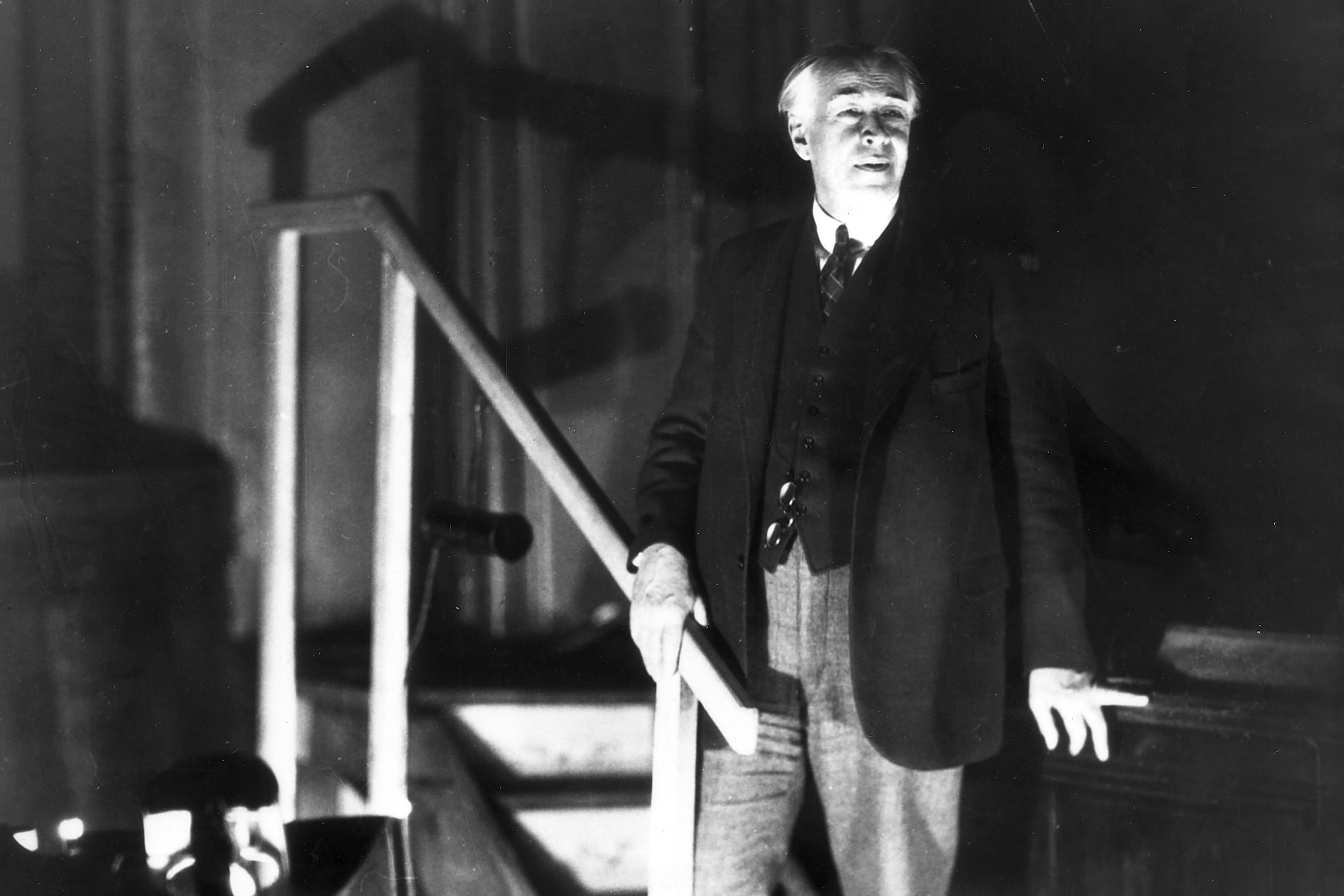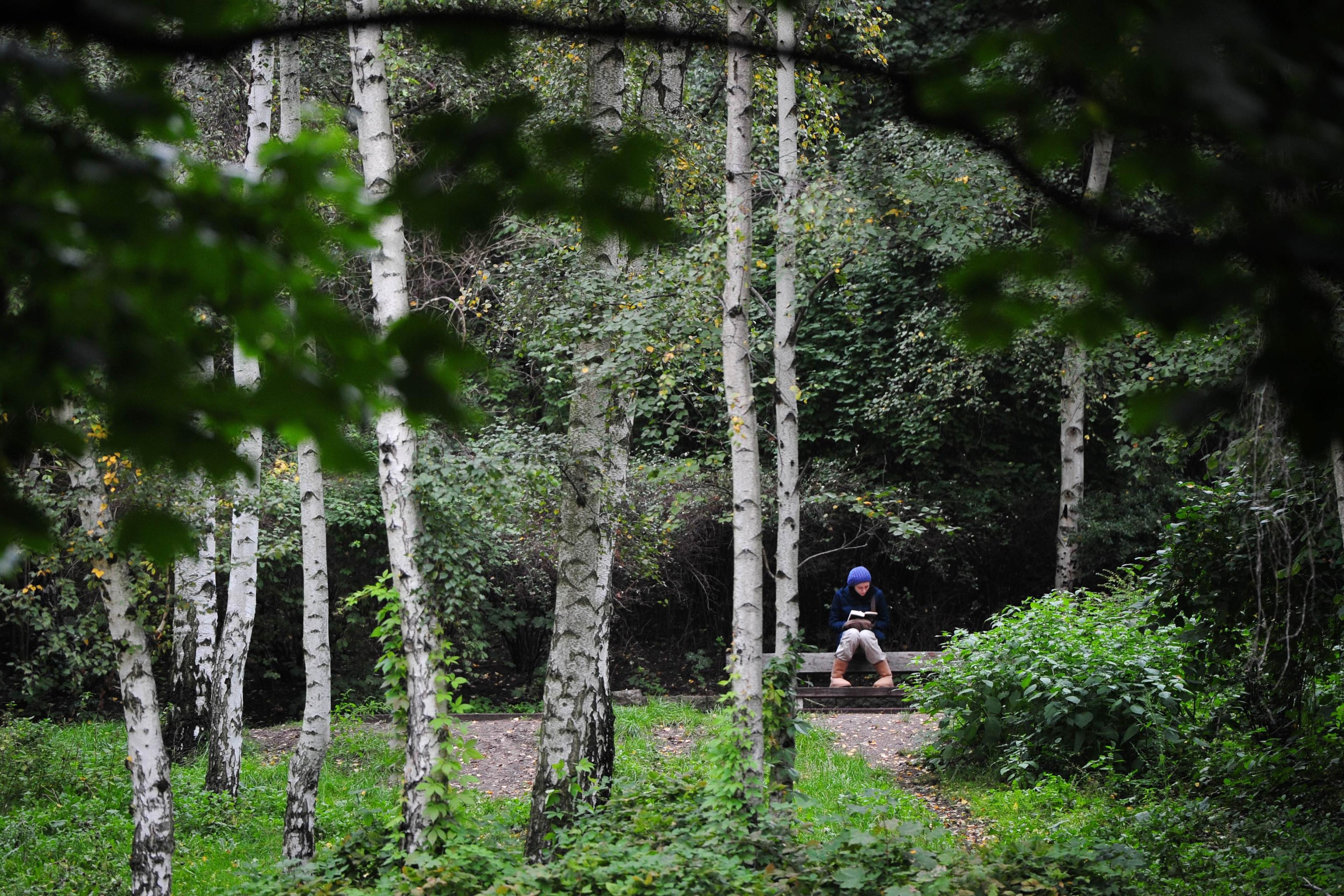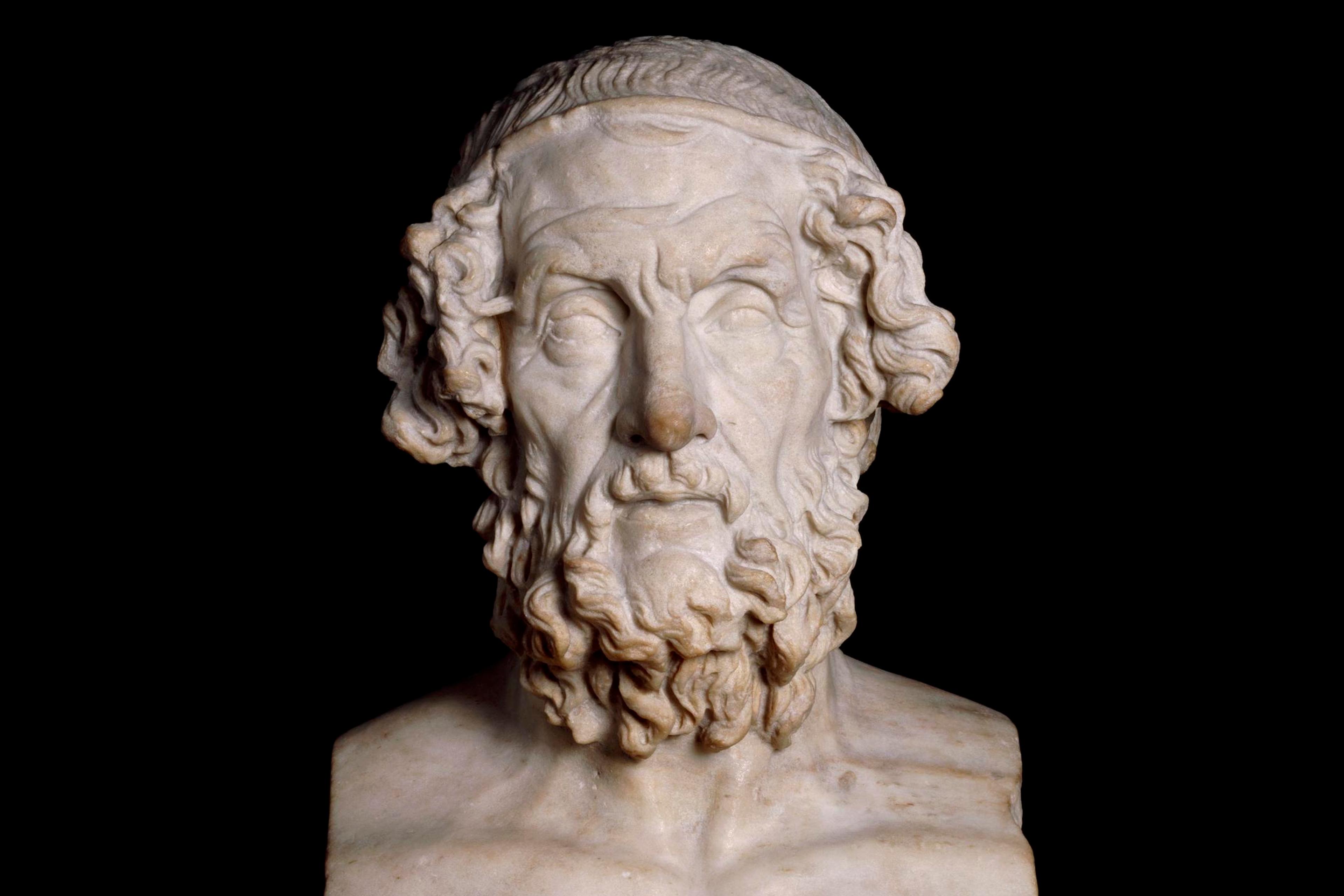To play is to explore possibilities, to test limits, to move beyond the functional and utilitarian and into the realm of the unexpected and inappropriate. Punk rock played with the conventions of how to make music. Political revolutions play with the established order. New ideas play with old ideas. In experiencing play, we are training ourselves to be flexible and creative. To be critical. To not just accept things as they are.
As we play with something, we start to understand it in new ways. Often, we even transform that something into something new. Play is like a shamelessly generous parasite. It grabs on to other things – behaviours, objects, situations – but, instead of sucking the life out of them, it does exactly the opposite. It enlivens them. It brings joy. It opens up potentials you never would have thought possible.
Games – from 5,000-year-old boardgames to last year’s video-game blockbusters – are miniature laboratories for playing with possibility. Because play never happens in isolation (we are always playing with something, after all), games can be a way of deepening our connections to each other. Play puts us in a strange dance of cooperation and competition, where we come to know others and ourselves more deeply.
A game is a conflict. That’s true whether two teams are facing off for a basketball game, a handful of friends are role-playing a fantasy boardgame around a kitchen table, or you are absorbed in your latest smartphone puzzle addiction. Every game pits players with or against each other in a system of conflict. This ‘conflict’ might sound negative, a kind of antagonistic competition. In fact, the conflict in games is always collaborative in some way. This is because everyone participating agrees, voluntarily, to take part in the game together. If we’re being forced to play, it’s not really play. We all decide to spend the next couple of minutes – or hours, or weeks – within the space of play, and together keep the struggle of the game going. Even when we play alone, we are in a sense collaborating as part of a community of players who are all playing the same game.
The ongoing struggle of games weaves energy and engagement into the experience. When we play, we are taking part in productive conflict, joyful conflict, meaningful conflict. Conflict is part of the dramatic machinery of a game that grips our minds and emotions. As every storyteller knows, there is no drama without conflict. Conflict is the spark that helps games catch fire in us.
Part of the fear that games sometimes evoke – for example, the fear of violent video games leading to real violence – comes from a misunderstanding of our relationship to the conflict inherent in games. When we play a game, we do not become confused about whether or not the game is real. In fact, we are able to lose ourselves in play because (paradoxically!) we know that games are artificial. The conflict in games is like two actors fighting on a stage: artificial, theatrical combat. The audience members watching from their seats don’t rush up on stage to intervene and stop the fight. Instead, they sit in the theatre and suspend their disbelief. They can be gripped by the drama of the fight, yet at the same time know that it’s artificial.
All of this happens at the very atomic level of play. In his essay ‘A Theory of Play and Fantasy’ (1955), the anthropologist Gregory Bateson observed that when a dog gives another dog a play-bite, a nip, it is communicating two things. The nip means ‘I am biting you’ (a kind of signifier for a bite), yet a nip simultaneously also means ‘I am not biting you, I am just playing.’ Even dogs, in a sense, suspend their disbelief. When we take part in the artificial conflict of play, we are taking part in this multilayered metaconsciousness.
Nonetheless, play can sometimes go wrong. Occasionally, play-fighting dogs slip into real fighting. Perhaps a moment of panic escalates, and suddenly the growls and bites get real as the collaborative spirit of playing together is shattered by real fighting. The fragile, artificial conflict of games can bleed into reality, in very unpleasant ways. Video games all too often can be breeding grounds for the worst kinds of online culture, in which marginalised players find themselves attacked. ‘It’s just a game’ doesn’t hold water when play becomes abusive. These toxic patterns – dehumanising trolling, winning at all costs, biased harassment – are the antithesis of playing well together.
This is the double-edged potential of conflict that every game designer and player confronts. How do you maintain collaborative play in the midst of full-tilt struggle? How do you harness the elemental spark of dramatic conflict without letting it burn down the whole game? How does conflict resist toxicity and remain productive, meaningful and joyful? It all comes down to the community that emerges when we play.
In The Moral Judgment of the Child (1932), the psychologist Jean Piaget traced the ways that children come to understand the rules of the game of marbles. In his native Switzerland, Piaget found that the way kids played the game was extremely local. Different rules for chalking a circle, shooting your marbles, capturing opponents (and sometimes keeping them!) varied from town to town and neighbourhood to neighbourhood. These rules were purely children’s culture, traditions passed down from older to younger kids, free of adult interference or the commercialisation of today’s mass media. Piaget found that children move through three different stages as they learn how to play marbles. The youngest kids have a vague sense that there are rules you are supposed to follow, but they don’t quite understand how they work. They will play at the game of marbles, drawing a circle in the sand and maybe knocking a marble or two, but not fully comprehend the entire system.
In the second stage, usually starting around age five, children are able to understand the rules of marbles and fully play the game, but in a very particular way. They hold the rules as a kind of sacred authority. They play strictly by the rules only, and won’t permit any bending or breaking of them. There is only one right way to play the game.
The third stage begins around age 10. Children come to see marbles as a social contract, a set of rules that gain their authority only because the players agree to follow them. This means that, if everyone agrees, the rules can be changed. This is essentially how adults see games too: as a voluntary, social construct. Play in this sense is wonderfully flexible but also quite fragile. Play happens only if and when we all agree to it.
The game designer Bernie De Koven viewed this kind of play community as a space for gaining a truer understanding of oneself. In his book The Well-Played Game (1978), he described the power of realising that players can choose to change the game itself if they want to play better together. This is not gratuitous disruption for its own sake. It is deep play that blurs the lines between player and designer. It challenges us to be more sensitive and open to each other. It requires active attention to the needs of others in the moment of play.
For Piaget, the game of marbles was a lens for exploring how our morals develop. For De Koven, the community of players that emerges from a game offers chances for individuals to practise being better, together. These are not just abstract ideas. Every moment of play is an opportunity to exercise collaboration with other human beings and to explore the social contract of play.
The potential of play to tie us to each other is paralleled by its potential to teach us about ourselves. Every game is an opportunity to play with who we are. In play, this happens as we take on new roles and personas. I might be the boardgame baroness of a mighty railroad empire, at war with my fellow industrialist players. Or a stealthy video-game ninja, whom I puppet by pressing buttons on a controller, seeking revenge on her enemies.
Through games, we get to try out new versions of ourselves. Some are aspirational, some are transgressive. Play is a context in which identities can be discovered, explored and evolved. Even in games that might seem abstract, identities proliferate. On a soccer team, you might be given a position to play (forward), a role on the squad (assistant captain), a historical identity (the same jersey number as Abby Wambach), a professional identity (labour-agitating employee), or even the protagonist in a media narrative (up-and-coming prodigy).
The sociologist Gary Alan Fine, in his book Shared Fantasy (1983), distilled three distinct layers on which identity operates for participants in role-playing games like Dungeons and Dragons (1974). There is the layer of the character in the game, who is expressed when the players take action in the game world or speak in the voice of their fictional persona. There is the layer of player, as we manage statistics and roll dice, trying to outsmart the game master and accumulate points for the next level. Finally, the layer of person, with relationships and responsibilities outside of the game: whose turn is it to pay for the pizza? Why aren’t there more girls in our game club? Playing a game doesn’t mean occupying just one of these layers. It means existing on all of them at the same time. Flickering between and among these levels is play. Play can play with identity too.
This is the problem with notions of ‘immersion’, which tend to assume that game players somehow leave the real world behind and lose themselves completely in virtual worlds and characters. In an arcade fighting game, on one level you identify with the character you’re playing, extending yourself into the world of the game. You also exist as a player, studying the quirks of the game, looking for tiny advantages, trying to outthink your opponent’s moves, trash talking to rattle her nerves. At the same time, as a person in an arcade, you navigate the social hierarchy of the local gamer scene or strategise how to maximise the value of the quarters you put into the machine. This fluctuating play of identity is what immersion really is.
On the historical re-enactment show The Edwardian Country House (2002) – broadcast in the US as Manor House (2003) – a middle-class British family role-plays as landed Edwardian gentry, along with others who play their servants. What happens on the show is remarkable. In a few short weeks, the family, truly immersed in the material and social conditions of Edwardian England, begins to take on the class consciousness of the period. The father says and believes things that seem outrageous to our modern ears: that the members of the family deserve to have been born to this way of life or that their servants genuinely love them. (In fact, the participants playing the demanding ‘servant’ roles were on the brink of leaving the show.)
Immersion in a fictional world of play is also immersion into an ideological reality. This is because player identities exist simultaneously in the artificial world of the game and also in the real world. In games, we engage with and transform identities, taking part in collaboration and conflict, with and against each other and ourselves. As an ancient form of human expression that has remarkable relevance for our digital lives today, it is high time to take games and play seriously. Because it’s through play that we discover who we are, and who we might become.
Extracted from the book The Rules We Break (2022) © Eric Zimmerman. Used with permission of Chronicle Books LLC, San Francisco. Visit ChronicleBooks.com.


